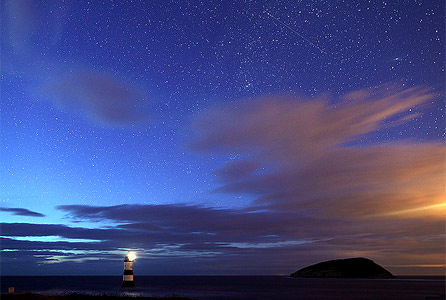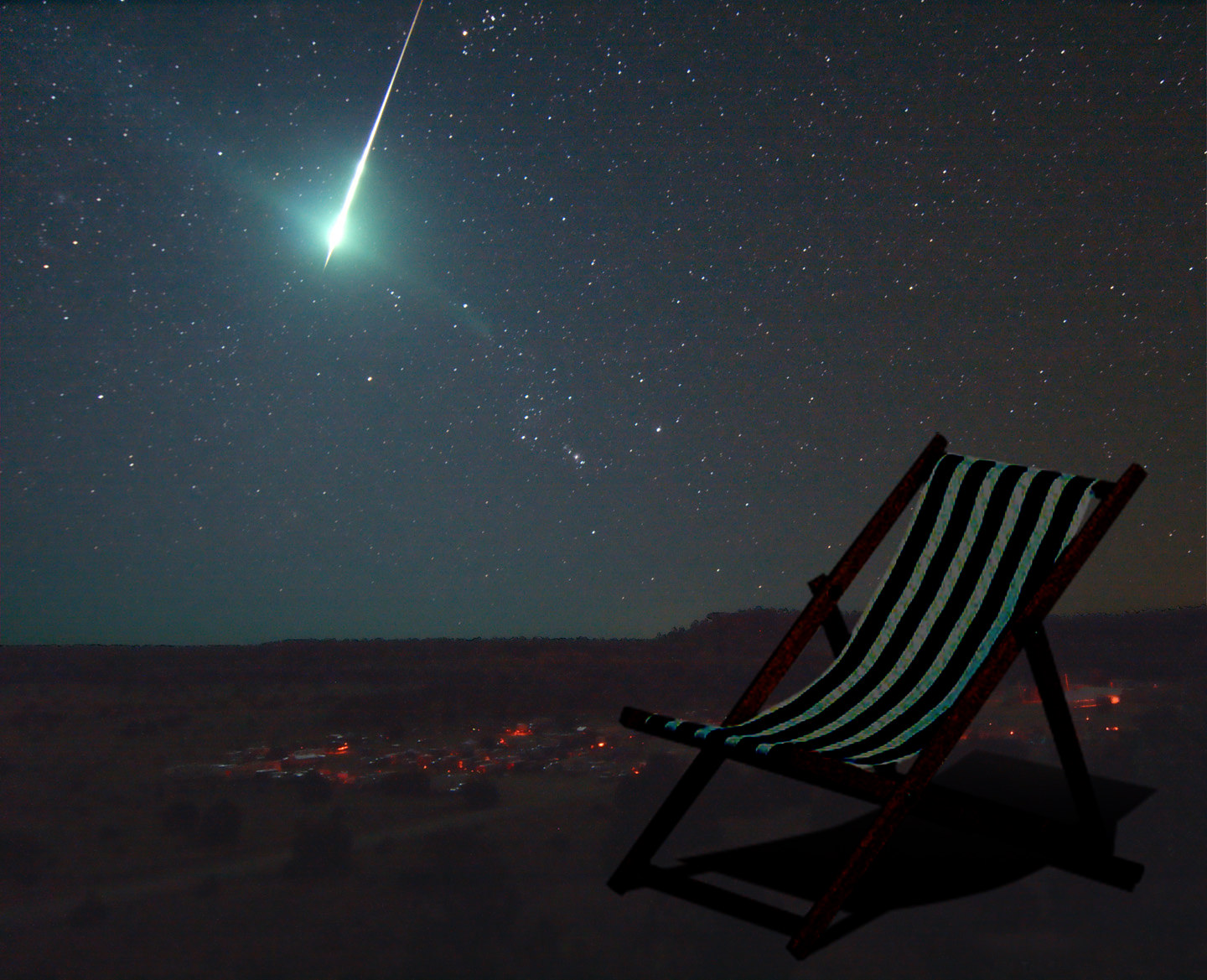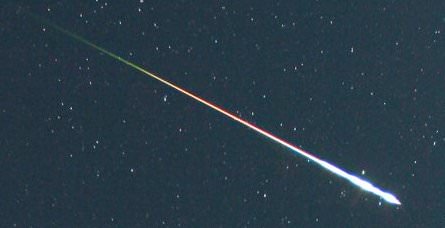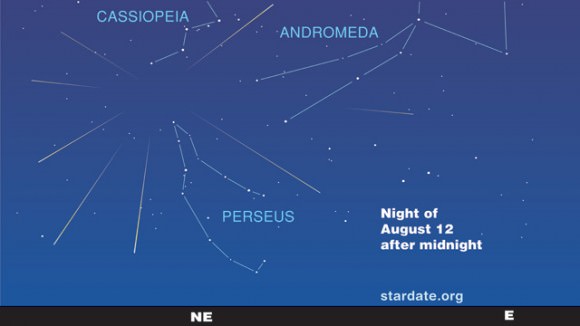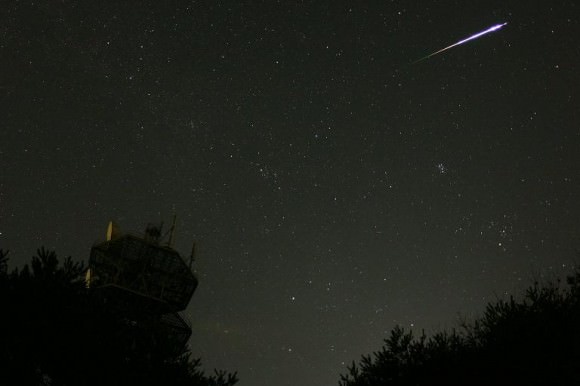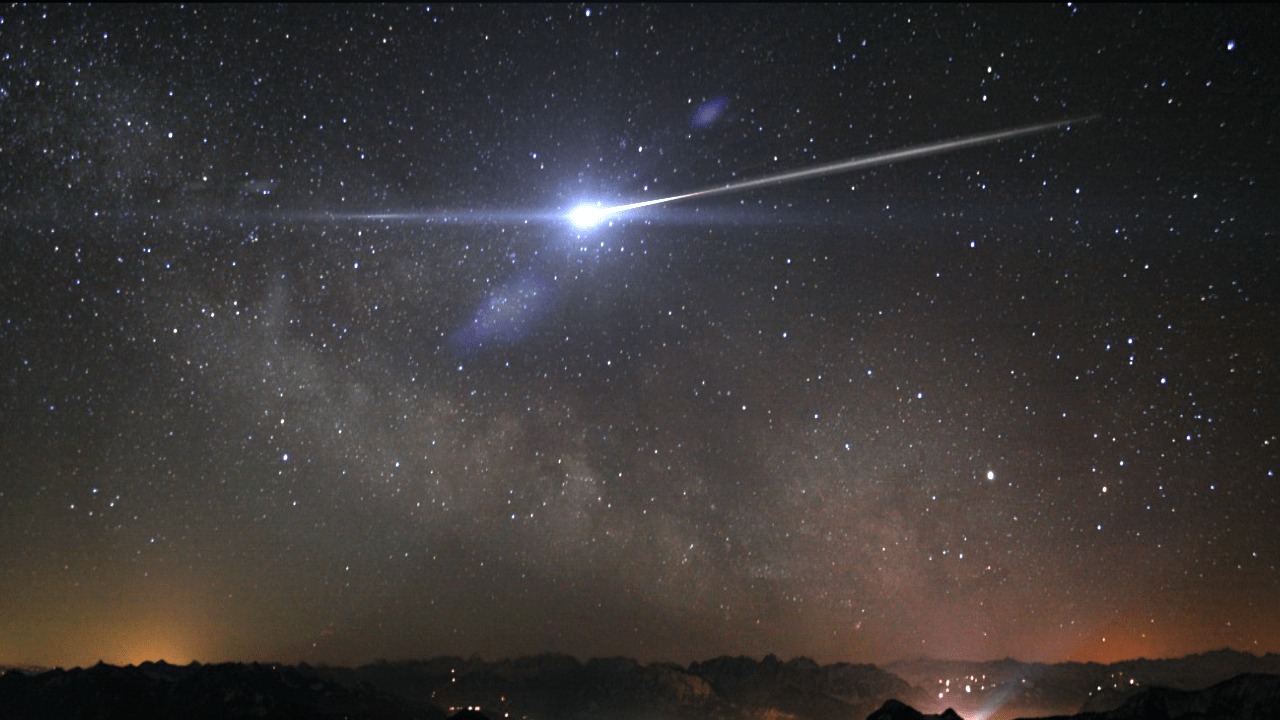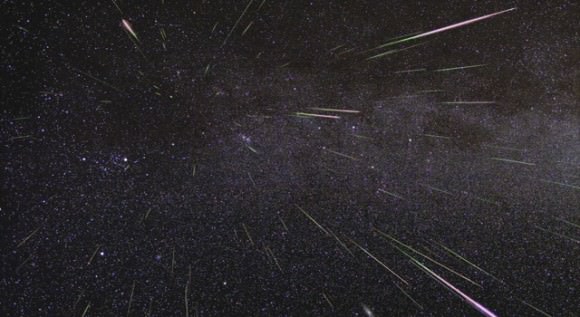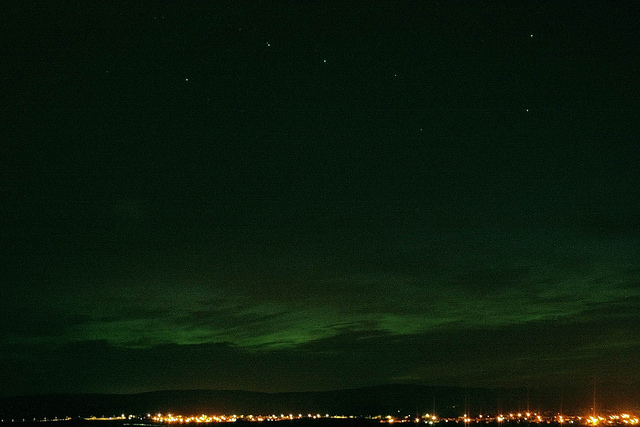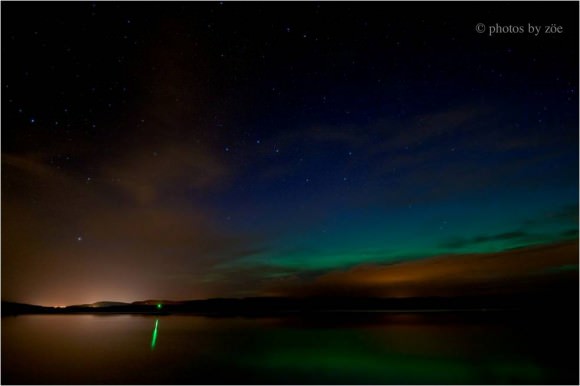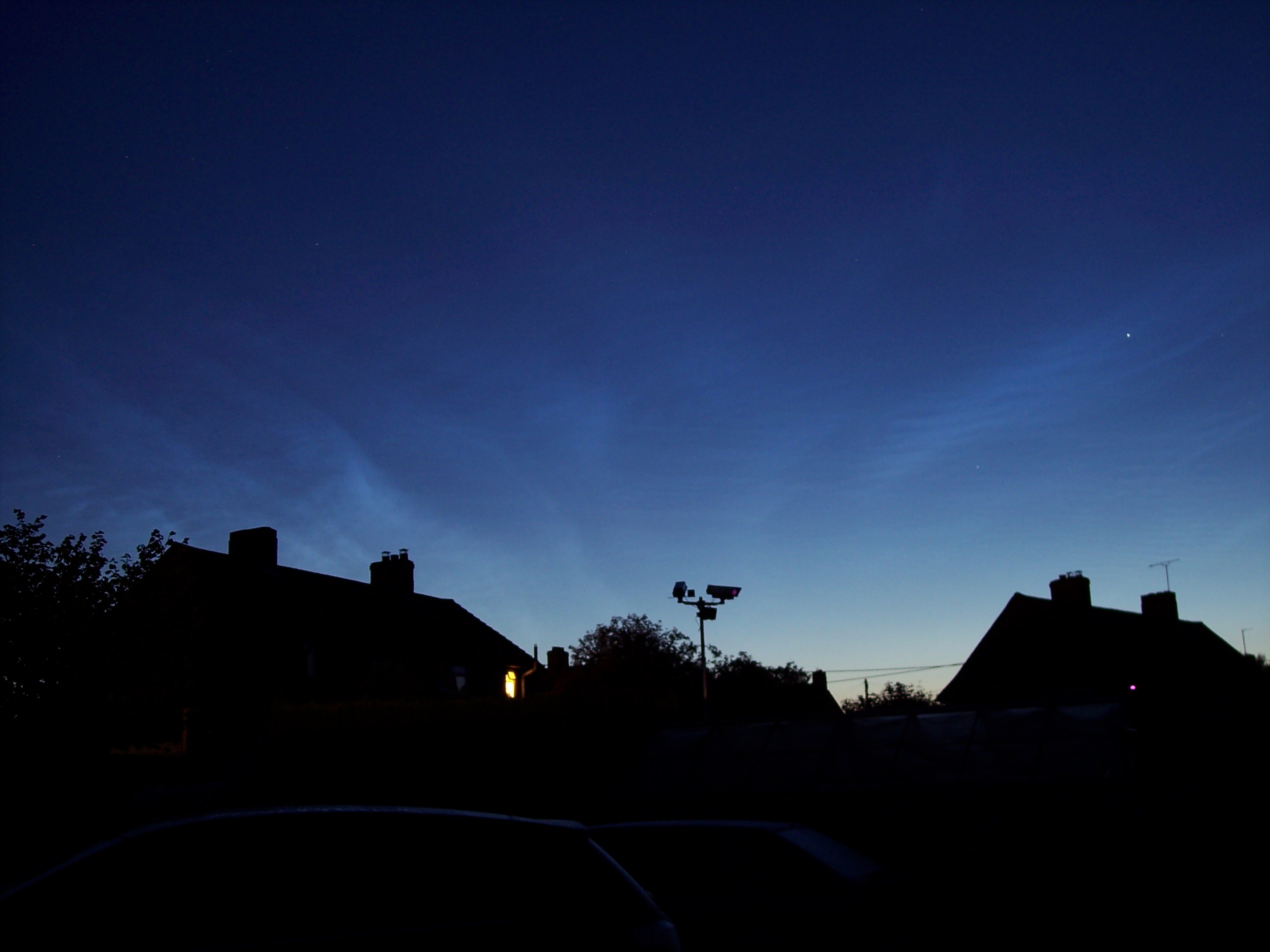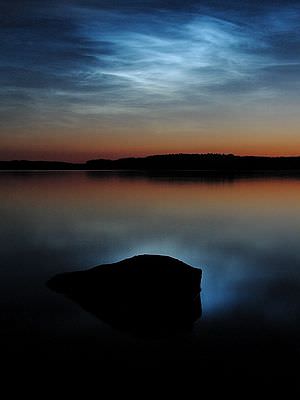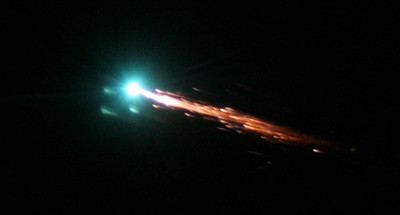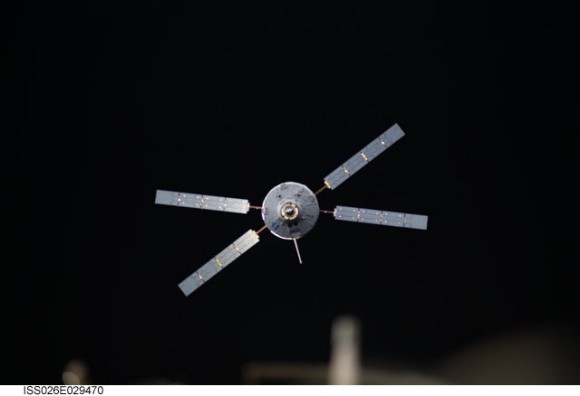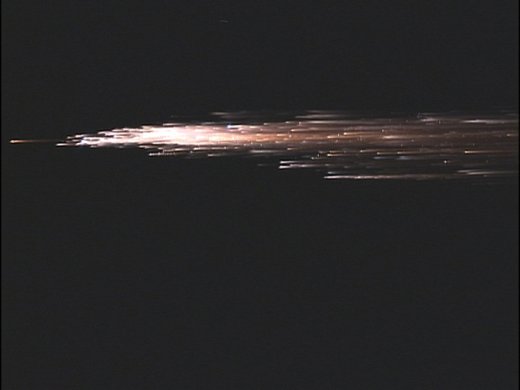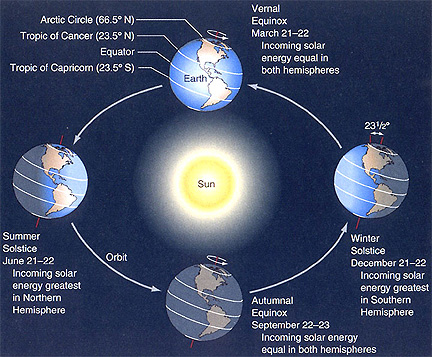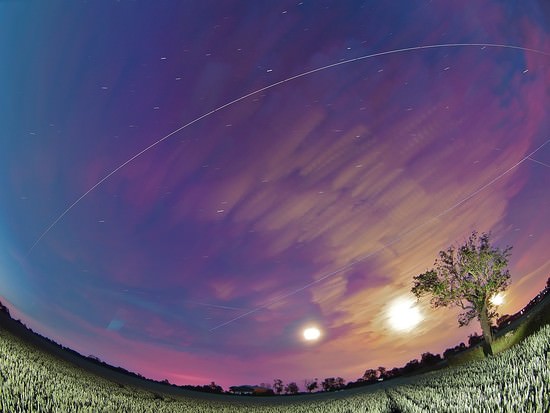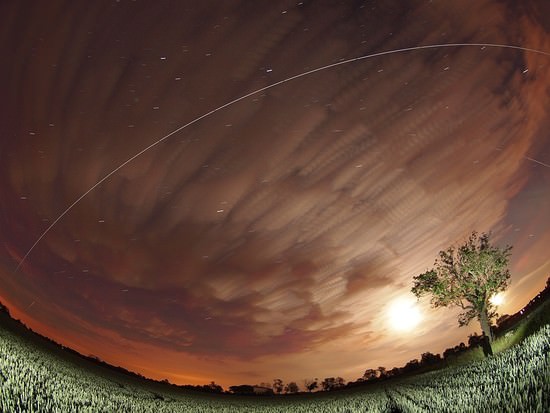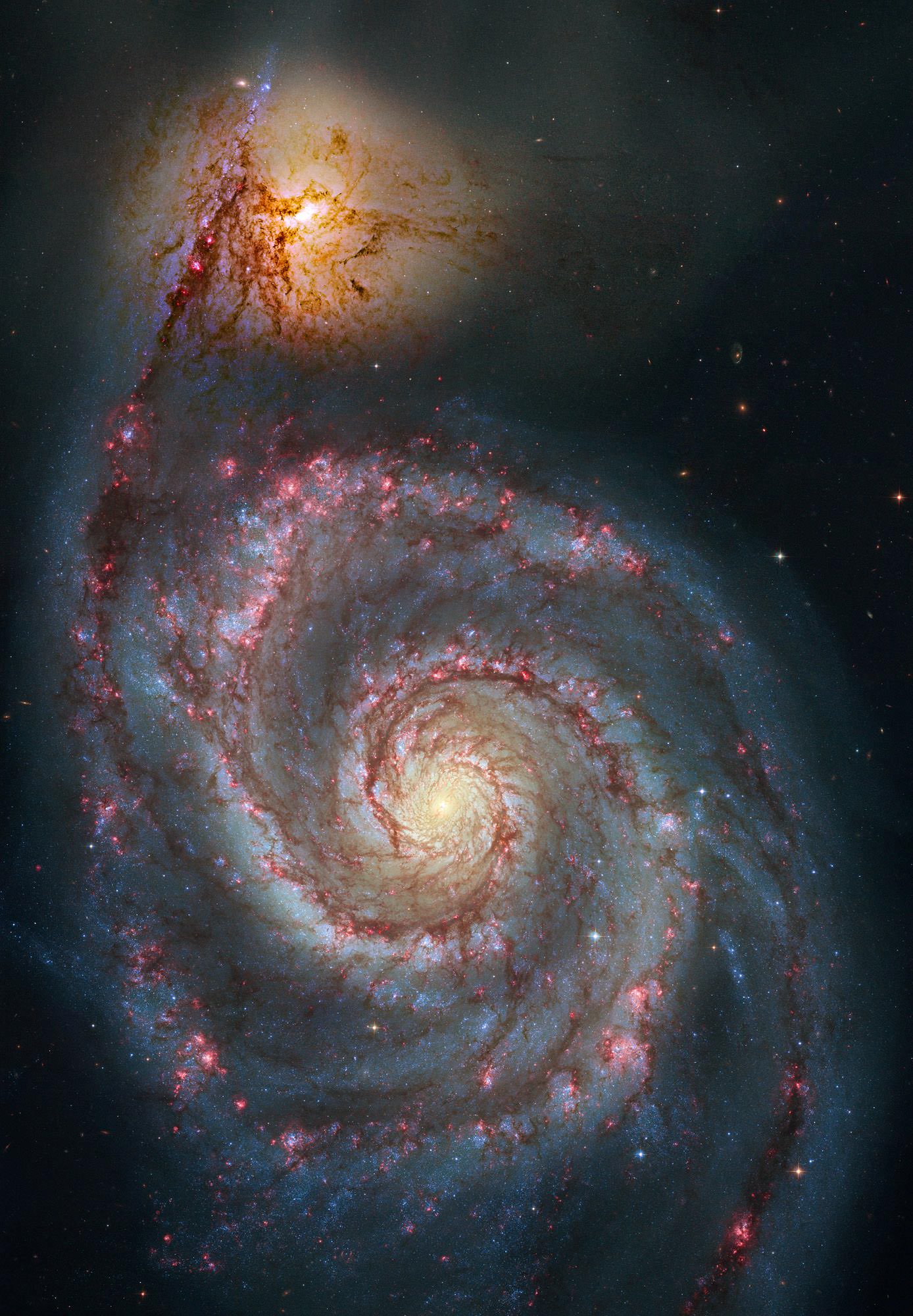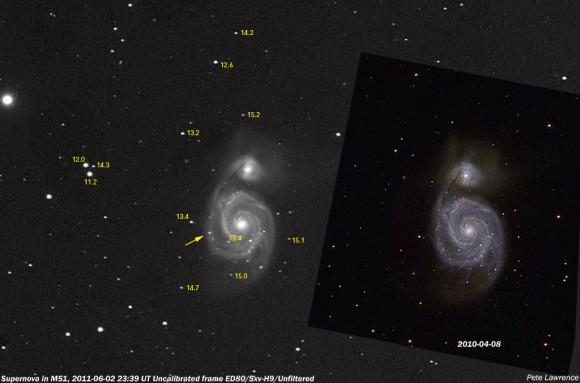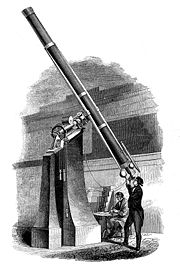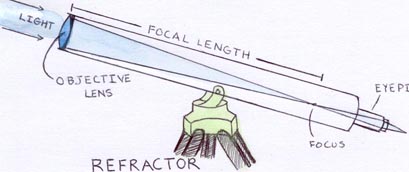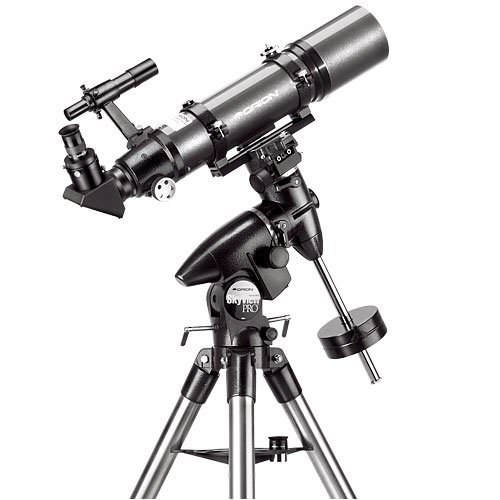[/caption]
Oh no! You have planned to go out and watch the peak of the Perseid Meteor Shower this weekend, but it’s cloudy. You can’t see a thing!
Don’t despair, as you can still enjoy the meteor shower in other ways, until the sky clears.
There are few possibilities and two rely on reflections of radio signals from distant sources, such as TV transmitters many hundreds of miles away.
You can “listen” to meteors with Spaceweather Radio.
Or you can “watch” a visual graph is with the Meteorscan Meteor Live View created at the Norman Lockyer observatory in Devon England
How do these work? Basically these transmitters are at a distance where they are beneath the horizon from the radio receivers perspective. If you tune into this far of transmitter all you would normally get is static as it is so far away and hidden, due to being below the horizon.

When a meteor strikes Earth’s atmosphere it decelerates rapidly. The friction created by the air causes the meteor to burn up at extremely high temperatures creating the white “shooting star” that we are all familiar with. This process also ionizes the air along the trail making it possible to reflect radio waves.
The reflected signals are picked up by the radio receiver and can be heard as pings or whistles. Data can also be displayed on a computer in the form of different types of graph.
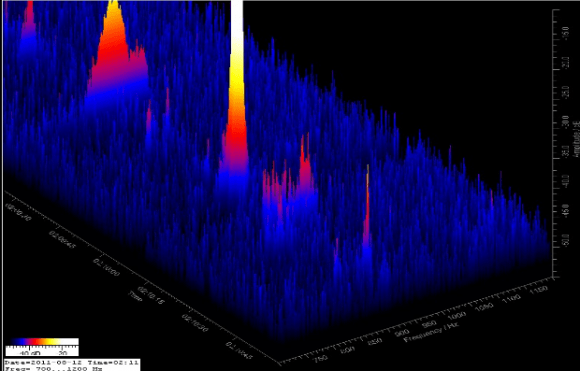
There will also be a live audio and video stream, along with a live “Stay Up All Night” chat about the Perseids with NASA astronomer Bill Cooke and his team from the Marshall Space Flight Center as they answer your questions about the Perseids via live Web chat. Join them on Friday, Aug. 12 at 11 p.m. EDT — 03:00 UTC GMT — then make plans to stay “up all night” until 5:00 a.m. EDT on Saturday, Aug. 13.
Of course, as we have mentioned before, you can join in with watching the Perseids with the rest of the world via Twitter and the #Meteorwatch hashtag. Even if you can’t see any meteors, you can see where other people are watching them with the Twitter Meteor Map
Check out all these fantastic and interesting meteor tools and hopefully you’ll have a chance to go out and enjoy the shower with your eyes when the sky clears.

